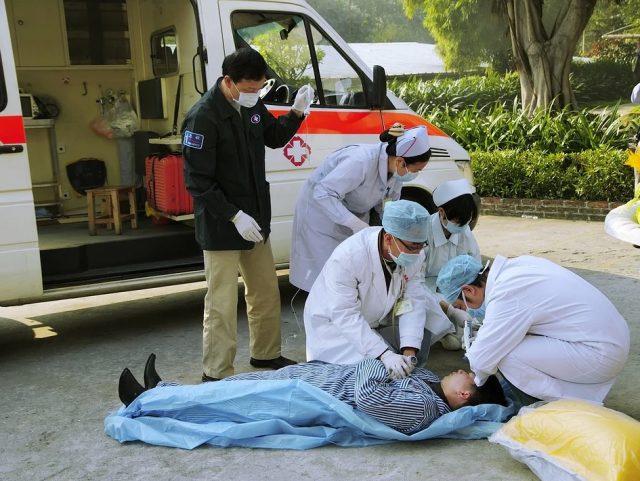Learn how to spot a medical emergency and the best way to react to it. This guide shares common emergencies and how to help someone experiencing one.
Almost half of the medical care administered in the United States happens in emergency rooms. That’s about 139 million visits each year. Being able to recognize an emergency and act quickly can mean the difference between life and death.
Read this guide and learn what is a medical emergency, examples of emergency situations, and what you should do.
Have a Plan in Place
Create an emergency plan in advance, so you know what to do in emergency medical situations. This will help you stay calm and act quickly. You should create a medical plan and supply kit, you can learn about tourniquets and how to find helpful for you.
Then everyone should learn where the kit is and how to use the included tools. This will help everyone stay calm and respond appropriately.
Signs of a Medical Emergency
Not all injuries or medical events are severe enough to be considered an emergency. Knowing the difference will dictate whether you should help the person or call emergency services.
Bleeding
Minor bleeding is not an emergency. However, uncontrollable bleeding, exposed tissue or bone, or deep wounds are emergencies. Try to slow the bleeding and call emergency services.
Breathing
Breathlessness is a normal occurrence for someone engaged in physical activity. But if it’s sudden and unexpected, then there’s a more severe problem. Breathing problems commonly manifest as painful, shallow, or noisy breaths.
Try to keep the person calm to not worsen the problem. If it doesn’t subside, seek medical help.
Collapse
If someone collapses, they have likely lost consciousness. This could be the result of a variety of medical issues. The best thing to do is to put them in a recovery position and call for emergency medical services.
Heart Attack
If someone has a heart attack, they’ll likely have a few of these symptoms.
- Feel dizzy or lightheaded
- Feel sick
- Sweat
- Anxiety
- Coughing or wheezing
- Shortness of breath
- Chest pain or tightness
- Pain radiating from the chest down the left arm
If someone has a heart attack, you should immediately call for emergency medical services. Without treatment, the person’s blood supply will continue to be blocked or stopped.
Stroke
Someone having a stroke is suffering from their blood supply getting cut off to their brain. It most often happens because of a blood clot or bleeding in the brain. The key to surviving a stroke is acting fast.
The faster the person receives medical treatment, the lower the risk of brain damage. Use the acronym FAST to tell is someone is having a stroke.
- Face- Drooping, loss of function, inability to smile
- Arms- Inability to lift arms, numbness
- Speech- Changed or slurring speech, inability to speak, inability to communicate clearly
- Time- Act immediately if you see these signs
Seek Recovery Afterward
Not all emergencies warrant talking to a lawyer. But if someone suffers an injury as a result of another’s intentional or negligent acts, then it may be appropriate to seek compensation. If you think you may have a claim, review these common questions and seek out the advice of an experienced attorney.
Prepare for a Medical Emergency
By knowing how to recognize a medical emergency and knowing what to do, you can help when it matters most. By staying calm and acting quickly, you can help someone receive the medical care they need.
Check out the health section of our blog to help you live your best and healthiest life.

A professional writer with over a decade of incessant writing skills. Her topics of interest and expertise range from health, nutrition and psychology.



